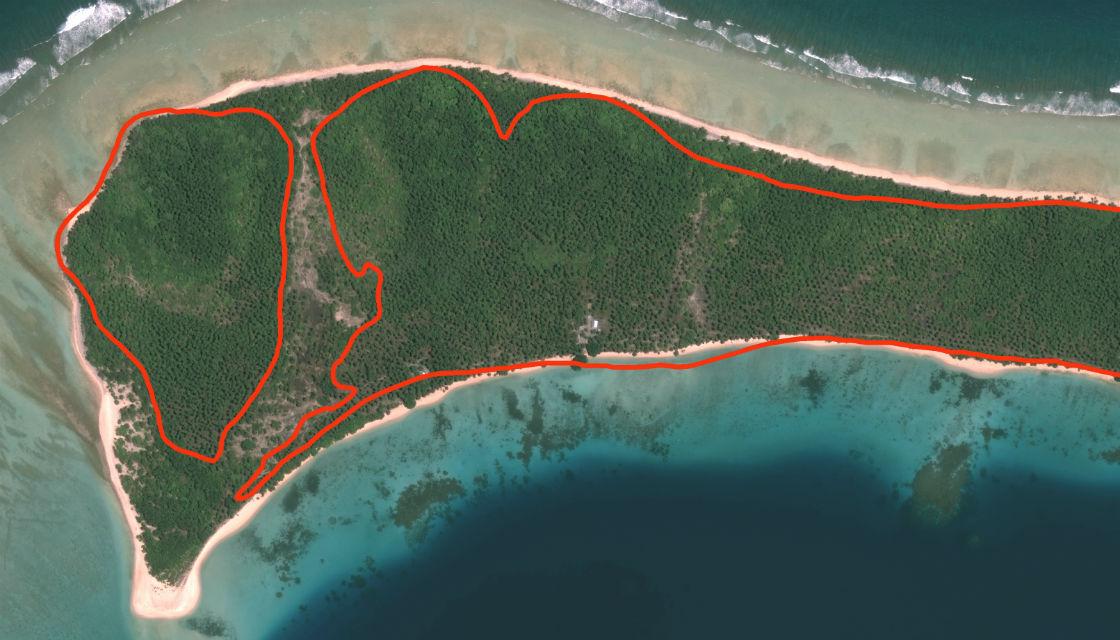
A low-lying inhabited island in the Pacific thought to be at risk from rising sea levels has actually increased in size since 1943, scientists say.
And the new research from Auckland University researchers and their Canadian counterparts suggests the island isn't alone.
There are 29 low-lying coral reef atolls making up the Marshall Islands, called the most endangered nation on earth due to the potential effects of sea-level rise.
They are made up of sediment from reefs deposited in the last 5000 years, but the way this sediment collects and forms on atolls isn't very well understood.
In a new study, Dr Murray Ford from the University of Auckland and Professor Paul Kench from Simon Fraser University in Canada compared aerial photographs from 1943 and used satellite imagery and radiocarbon dating of sediment deposits on Jeh Island, on Ailinglaplap Atoll.
This shows the island has increased in land area by 13 percent since 1943 to 2.28 sq km by 2015 and is continuing to grow.
"This study has found that the expansion of islands through sediment generation under conditions of sea level rise is possible," Dr Ford says.
"The coral reefs which surround these islands is the engine room of island growth, producing sediment which is washed up on the island shoreline. Healthy coral reefs are essential for this process to continue into the future.
"In this work and in previous studies, we have found islands are resilient in the face of rising seas and that sediment supply to some atolls is out-pacing sea level rise.
"What we don't know is how that will play out in coming decades but studies of low-lying reef island formation do need to take these findings into account."


